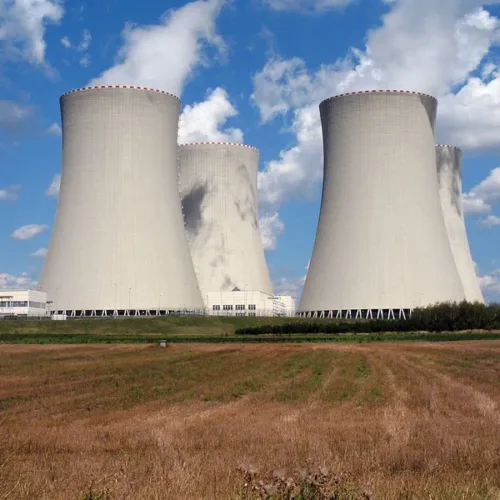As New York moves to reshape its electricity system, a focus on renewables and jobs
Two years ago, New York Governor Andrew Cuomo launched Reforming the Energy Vision (REV), a bold plan to restructure the electricity system to accelerate the development of cleaner forms of power, enhance the grid’s resiliency to severe weather, and improve affordability for residents throughout the state.
At a recent energy conference in New York City, state officials provided details on the programs devised to support REV, and help the state meet a series of ambitious 2030 goals:
- Reducing greenhouse gas emissions 40 percent from 1990 levels (and 80 percent by 2050);
- Deriving 50 percent of all energy in the state from renewable sources; and
- Lowering energy consumption in buildings 23 percent from 2012 levels.
Projects intended to help the state meet its 2030 targets include a 10-year, $5 billion Clean Energy Fund and a $1 billion New York Green Bank, a state-sponsored entity that was launched to partner with private sector lenders to support renewable-energy projects. The bank has received proposals for some $4 billion in clean-energy financing for projects throughout the state, said John Rhodes, president and CEO of the New York State Energy Research and Development Authority, during the conference. The event was organized by the Advanced Energy Research and Technology Center at Stony Brook University.
New York is also pouring funds into the development of microgrids – local energy networks that can separate, or “island” from the grid, in the case of an outage, and keep electricity flowing to critical buildings. Microgrids are powered by onsite sources of generation, such as combined heat and power, and can easily incorporate solar and other forms of renewables. The NY Prize competition awarded $40 million to 83 communities to conduct feasibility studies for developing and installing community microgrids; a second phase of the program is now accepting applications.
One of the foundational elements of REV is to make clean energy and energy efficiency integral rather than ancillary to basic system planning and operations, and to provide consumers with the opportunity to play a more active role in their power use. Through a regulatory overhaul, REV envisions a dramatic transformation of the current electricity system, which for much of the last century has been powered by large-scale fossil-fuel plants located far from demand, or load, centers.





